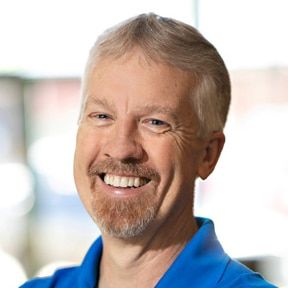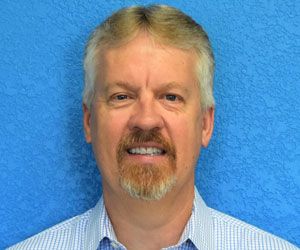Thought Leaders: The Future of Green Cleaning
Green cleaning is the use of products and procedures that are safe for the environment and do not emit any pollutants when used. Why does this matter for your business? It’s better for your people and clients and can increase the ROI on your building.
LEED (Leadership in Energy and Environmental Design) is the most widely used green building rating system in the world. Available for virtually all building types, LEED provides a framework for healthy, highly efficient, and cost-saving green buildings. The U.S. Green Building Council (USHBC) has made six changes to LEED cleaning credits:
Increasing the points (and value) of cleaning. The LEED technical team has increased the number of possible green cleaning points from one to three. More points for greener products and services will result in more demand, because the focus remains on effective products and reducing negative impacts on both human health and the environment.
Using technology to measure cleaning performance. The LEED Technical Committee developed a new protocol that will require verification that facilities have tested high-risk/high-use spaces as well as the high-touch surfaces within those spaces. This will measure surface contamination and it will provide objective, quantitative, reliable, repeatable, and reportable results.
Defining green disinfectants. For a disinfectant to meet the new LEED requirements, it will have to be formulated with active ingredients identified by the Environmental Protection Agency’s Design for the Environment Logo for Antimicrobial Pesticide Products (products like hydrogen peroxide, citric acid, L-lactic acid, ethanol, isopropanol, and peroxyacetic acid).
Implementing ultraviolet C (UV-C) disinfecting devices. UV-C devices are among some of the most exciting innovations taking place in the cleaning industry as they have the ability to eliminate or minimize some of the health and environmental concerns associated with the use of current chemical disinfectants. New UV-C disinfection technologies are being implemented across the globe in an attempt to eliminate harmful microorganism.
Considering green materials beyond recycled content. Using recycled materials helps protect the environment and reduces the need to extract, refine, and process raw materials that create air and water pollution. New LEED revisions will include additional options that go beyond using basic recycled materials, which will subsequently create opportunities for innovation.
Earning green building accreditation through GBAC STARTM. With programs like GBAC STARTM Facility Accreditation, LEED is expanding the options to meet its Green Cleaning Prerequisite. GBAC added new requirements that align its requirements for cleaning products and equipment with LEED.
Call us today and we’ll help you make your facility green and healthy, whether you are certifying or not you can still make it healthier for you and your team.
Green cleaning is the use of products and procedures that are safe for the environment and do not emit any pollutants when used. Why does this matter for your business? It’s better for your people and clients and can increase the ROI on your building.
LEED (Leadership in Energy and Environmental Design) is the most widely used green building rating system in the world. Available for virtually all building types, LEED provides a framework for healthy, highly efficient, and cost-saving green buildings. The U.S. Green Building Council (USHBC) has made six changes to LEED cleaning credits:
Increasing the points…
More from Total Facility Care



